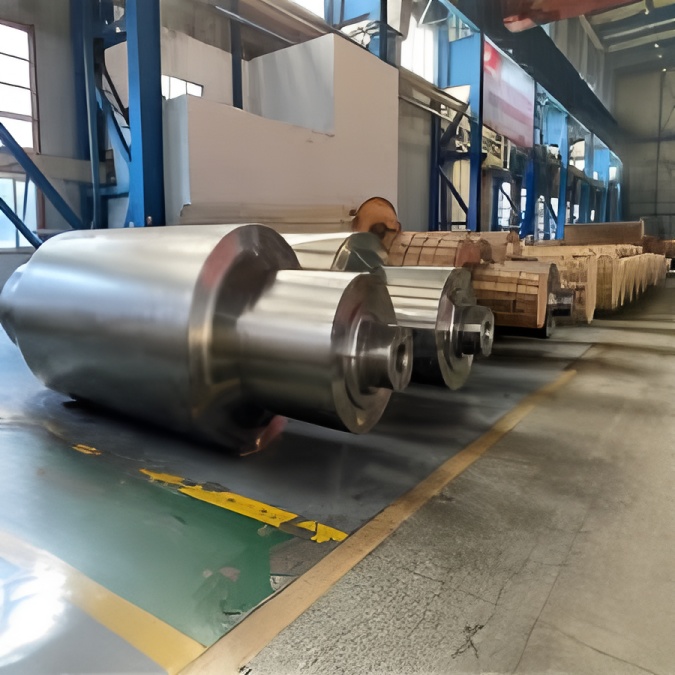Traditional metal wire production typically uses solid die drawing—a relatively simple method with several drawbacks. These include high friction in the deformation zone, significant energy consumption, and substantial negative impact on the deformation process. To reduce drawing friction, various alternative processes have been explored, such as reverse drawing, vibration-assisted drawing, rotary vibrating die drawing, hydrodynamic friction drawing, and combinations thereof.
In recent years, a faster and more promising approach has emerged: roller die stretching. This method involves drawing the wire through a pass formed by non-driven, freely rotating rolls. A key advantage is that much of the friction typically generated between the material and a solid die is converted into external bearing friction, significantly reducing overall drawing resistance.
While solid dies require specialized cemented carbide materials, roller dies can be manufactured from conventional metals. Additionally, drawing speeds for titanium and other wires can be 2 to 4 times higher with roller dies compared to solid dies. As early as 1890, Western countries employed four-roll dies for producing shaped profiles. Today, roller die drawing is widely used in wire production across a diverse range of grades, sizes, and cross-sectional shapes. In Japan alone, this method is applied in over 600 different wire manufacturing applications. Its popularity stems from combining the benefits of two common deformation processes: rolling and drawing.


